This list focuses on unique and unusual traits rather than an animal’s perceived “ugliness.” Some may be brand new to you, even though they have existed for hundreds or thousands of years. In this blog, we bring you the top 10 crucial hunters, also called apex predators. It is to be noted that these predators maintain ecological balance by controlling the population of the prey species.
We also tell you the hunting tactics of the top 10 crucial hunters and their specialized adaptations that help them survive in their environment.
10. Tarantulas
| Scientific Name: | Theraphosa stirmi |
| Locations and Habitat: | Savanna, pampas, rainforest, desert, scrubland, mountains and cloud forest |
| Prey: | insects, spiders and small animals |
| Lifespan: | Males- 2 to 10 years, females- 20 to 40 years |
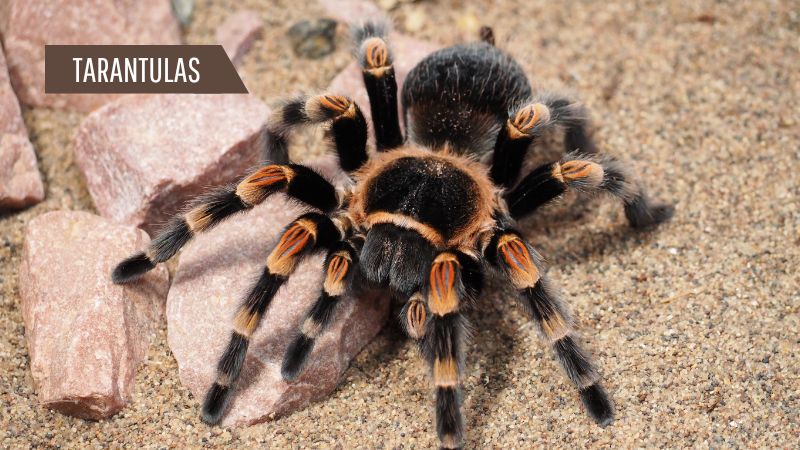
Tarantulas are members of the family of spiders, of which about 900 species have been recognised. They are enormous and mostly hairy. The exoskeleton of the tarantula serves as its muscular support system. Tarantulas hunt mostly on insects and other arthropods, ambushing their victim to capture it. The largest tarantulas can hunt larger species, including lizards, mice, birds, and small snakes. All tarantulas can produce silk. Ages of 30 to 40 have been recorded with female specimens.
9. Black Mamba
| Scientific Name: | Dendroaspis polylepis |
| Locations and Habitat: | South and East African savannas, rocky hills and open woodlands |
| Prey: | Small mammals- mice, squirrels, rats and birds |
| Lifespan: | 11 to 20 years |

The black mamba is an extremely venomous snake endemic to sub-Saharan Africa. It is the longest species of a venomous snake on the continent. It is among the fastest moving snakes in the world, capable of moving at 11 km/h over short distances.it has the lifespan of 11 years.
8. Piranha
| Scientific Name: | Pygocentrus nattereri |
| Locations and Habitat: | Central and South America- tropical rivers, streams, murky waters, ponds, burrow pits |
| Prey: | Insects, mollusks, crustaceans, worms, small fish, plant matter |
| Lifespan: | 10 years |
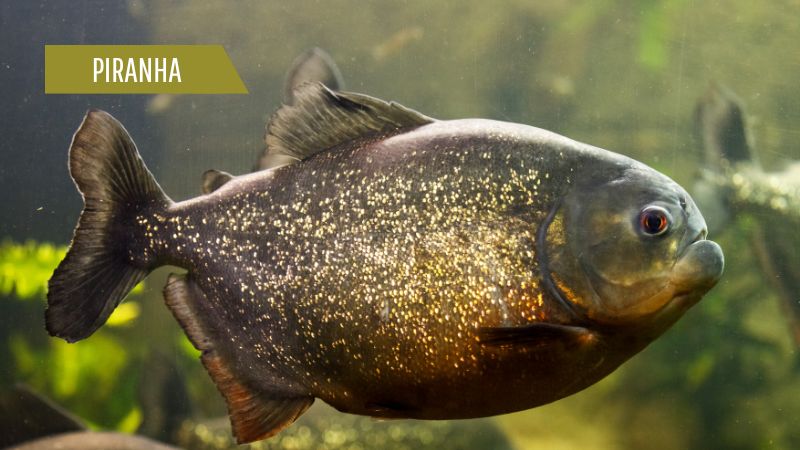
Freshwater piranhas are omnivorous fish that live in South American rivers. They are renowned for their formidable jaws, razor-sharp teeth, and insatiable desire for flesh. Attacks by piranhas typically peak during the dry season when food is scarce, and the water is at its lowest. It primarily targets little snakes and children.
7. Gray Wolf
| Scientific Name: | Canis lupus |
| Locations and Habitat: | North America, Europe and Asia– temperate forests, mountains, tundra, grasslands and deserts |
| Prey: | Deer, elk, moose, bison, bighorn sheep, caribou, and musk oxen |
| Lifespan: | Males- 16 years, females- 14 years |
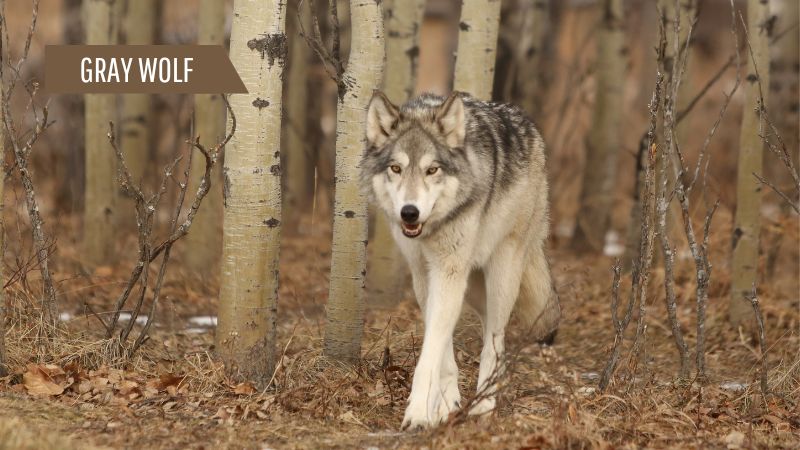
The Gray wolf is also known as the timber wolf, or western wolf is a native to the wilderness and remote areas of North America, Eurasia, and northern, eastern and western Africa. The grey wolf prefers to hunt weaker members of huge prey groups.
6. Komodo Dragon
| Scientific Name: | Varanus komodoensis |
| Locations and Habitat: | Tropical savannah forests |
| Prey: | Rodents, buffalos, lizards, snakes, birds, and insects |
| Lifespan: | 30 years |
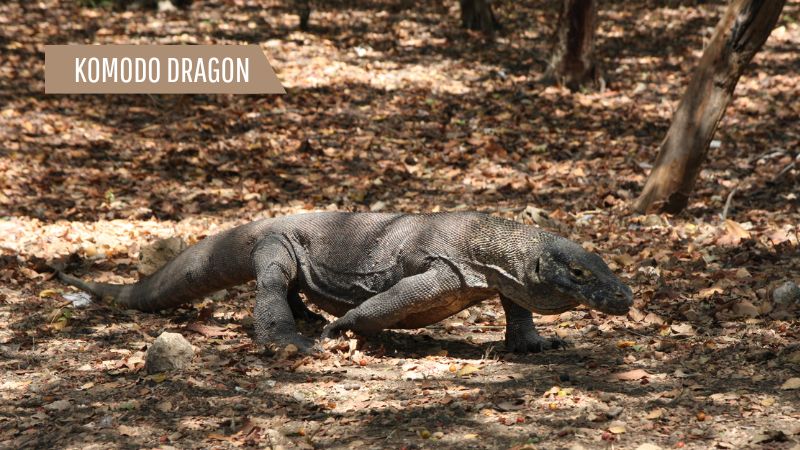
Indonesia is home to the huge species of lizard known as the Komodo dragon. Invertebrates, birds, and mammals are among the prey that Komodo dragons seek and ambush. In the West Manggarai Regency of Indonesia, where they are found, Komodo Dragons attack people occasionally.
5. Crocodile
| Scientific Name: | Crocodylidae |
| Locations and Habitat: | Saltwater habitats- mangrove swamps, estuaries |
| Prey: | Insects, crustaceans, fish, snails, frogs, waterfowl and mammals |
| Lifespan: | 70 years |

We find large water reptiles known as crocodiles across the tropics of Africa, Asia, the Americas, and Australia. Crocodiles are ambush predators; they wait for fish or land creatures to approach before charging out to strike. Most crocodile diets comprise fish, amphibians, crustaceans, mollusks, birds, reptiles, and mammals. It can live for 90 to 100 years.
4. Grizzly Bear
| Scientific Name: | Ursus arctos horribilis |
| Locations and Habitat: | High Mountain forests, subalpine meadows, arctic tundra, wetlands, grasslands, mixed conifer forests and coastal areas |
| Prey: | Fruits, berries, grasses, fleshy roots, fish, ground squirrels, carrion, moose, elk, caribou and deer |
| Lifespan: | 20 to 25 years |
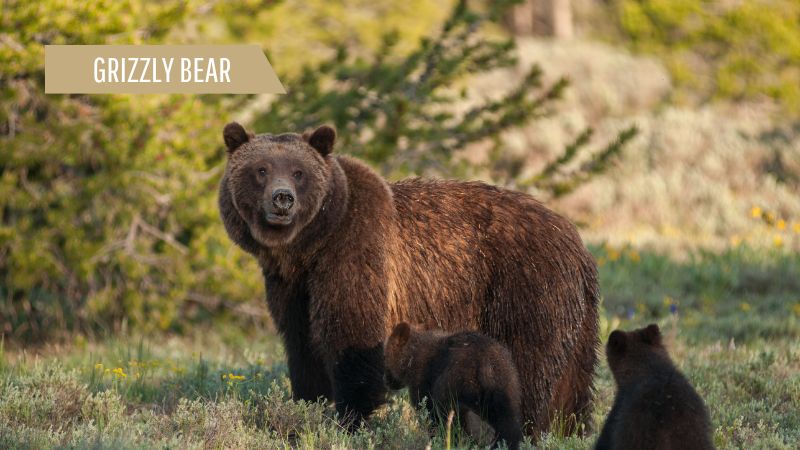
The hair’s golden and grey tips are grizzly. Black bears are less aggressive than grizzlies while protecting their young and themselves. Grizzly bears typically stay away from humans. Bears rarely actively chase humans, despite having apparent physical advantages and many opportunities. It is, although they practically never perceive humans as prey. It consumes fish like salmon, trout, and bass, and people living in coastal areas with access to a protein-rich diet.
3. Lion
| Scientific Name: | Panthera leo |
| Locations and Habitat: | Gir Forest Northwest India, Africa- open plains, grasslands, savannas and shrublands. |
| Prey: | Rodents, baboons, Cape buffalo, hippopotamuses, zebras, antelopes |
| Lifespan: | Males- 8 to 10 years, females- 15 to 16 years |

The second-largest cat, lions love to scavenge when the chance arises, with carrion making up more than half of their diet. They scavenge animals that have died naturally (from disease) or murdered by other predators, and they constantly watch for vultures flying overhead since they know these birds are a sign that an animal is dead or in trouble. For pride, the lionesses hunt mostly.
2. Great Shark
| Scientific Name: | Carcharodon carcharias |
| Locations and Habitat: | United States, South America, Asia, Africa and Australia– Coastal and offshore waters |
| Prey: | Sea otter, smaller fish, seals, sea lions, marine mammals |
| Lifespan: | 70 years or more |
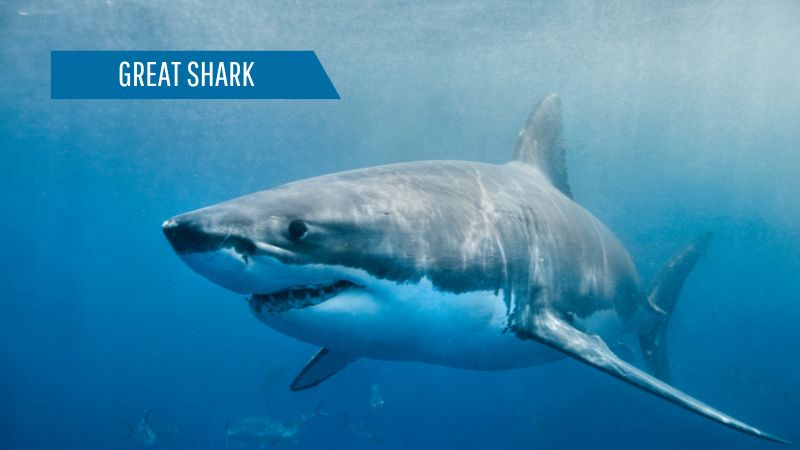
The killer whale is the only natural predator of the great white shark. In addition, compared to sharks in their native environment, human talents on the sea are relatively limited. Because they are aggressive, sharks will attack at the slightest provocation.
1. Killer Whale
| Scientific Name: | Orcinus orca |
| Locations and Habitat: | All oceans- but abundantly in Antartica, Norway, Alaska, and North Pacific Ocean |
| Prey: | Herring, schooling fish, stingrays, sharks, seals, Antarctic toothfish |
| Lifespan: | 50 to 90 years |
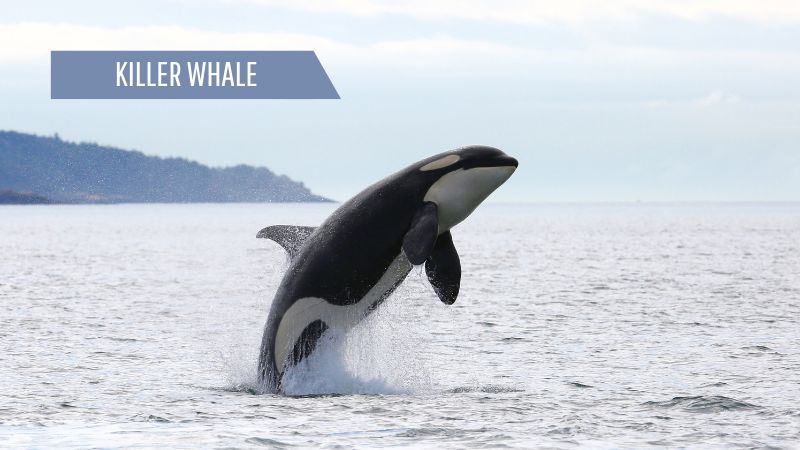
Killer whales that feed on fish prey on about 30 different species. The killer whale is quite pleasant. Fish, birds, and animals all eat this. Killer whales are highly intelligent and successful marine mammal predators.
Conclusion
The top 10 crucial hunters in the food chain can be in various habitats, which prevent them from hunting the same prey. All apex predators rely on lower-level predators for feeding and the energy they need to continue completing the natural cycle. Above all, these predators are terrifying because they pose a threat and have few to no predators.
Further, we like to point out that many of these top predators face threats, such as habitat loss and climate change, causing their populations to decline. It is no trivial matter, since losing important predators can have a ripple impact on the ecosystem. Therefore, conservation efforts must protect these species and preserve their role in the ecosyste
